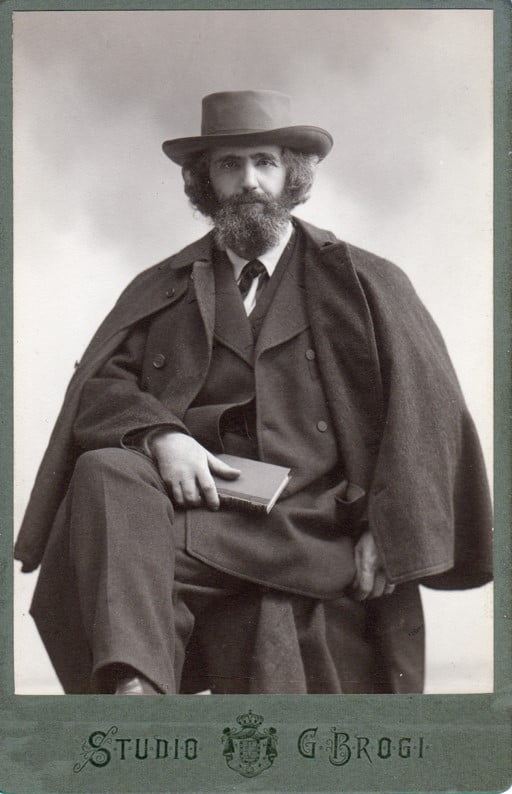Brentano psychology, Franz Brentano (1838-1917) was a German philosopher and psychologist
Credited with having reintroduced the medieval scholastic concept of intentionality into contemporary philosophy. Brentano psychology is based on the idea that all mental states are intentional, meaning that they are directed toward something. This distinguishes mental states from physical states, which are not intentional.
Brentano psychology is also based on the idea that the mind is a unity. He rejected the view that the mind is composed of separate faculties, such as reason, will, and emotion. Instead, he argued that all mental states are interconnected and that they all play a role in our experience of the world.
Brentano’s psychology was highly influential on subsequent generations of philosophers and psychologists. His students included Sigmund Freud, Alexius Meinong, and Carl Stumpf.
His work on intentionality has been particularly influential in the fields of philosophy of mind and cognitive science.
Here are some of the key ideas in Brentano’s psychology:
- Intentionality: All mental states are intentional, meaning that they are directed towards something.
- The unity of the mind: The mind is a unity and not composed of separate faculties.
- The act-object distinction: Mental states can be divided into two categories: acts and objects. Acts are the intentional operations that we perform on the objects of our mental states. Objects are the things that our mental states are directed towards.
- The three kinds of mental acts: Brentano psychology distinguished three kinds of mental act: presentations, judgments, and emotions. Presentations are mental states that represent objects to us. Judgments are mental states in which we assert or deny something about the objects of our mental states. Emotions are mental states in which we feel something about the objects of our mental states.
Brentano psychology is a complex and sophisticated system of thought. It has had a profound influence on the development of modern philosophy and psychology.
Examples of how Brentano’s ideas can be applied to real-world situations:
- Intentionality: When we see a tree, our mental state of seeing is intentional. It is directed towards the tree. We are not simply aware of the tree; we are aware of it as a tree.
- The unity of the mind: When we are solving a math problem, our cognitive faculties (such as attention, memory, and reasoning) are all working together. They are not separate faculties that operate independently of each other.
- The act-object distinction: When we are judging that a bird is flying, the act of judging is different from the object of the judgment, which is the bird flying.
- The three kinds of mental act: When we are listening to a piece of music, we may have a presentation of the music, a judgment about the beauty of the music, and an emotion of enjoyment in listening to the music.
Brentano psychology provides us with a framework for understanding the human mind and its workings. It is a valuable tool for philosophers, psychologists, and anyone else who is interested in learning more about the human experience.
